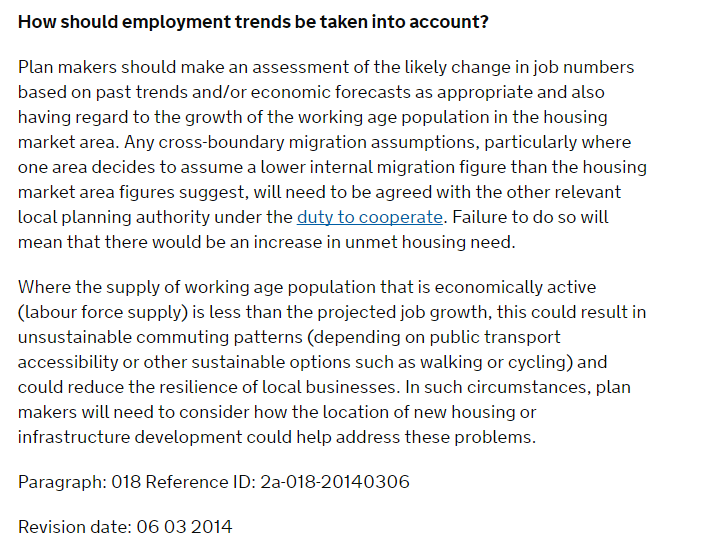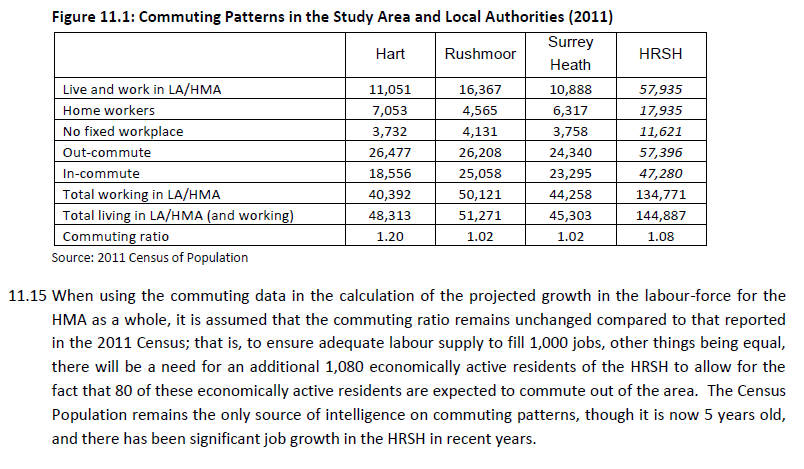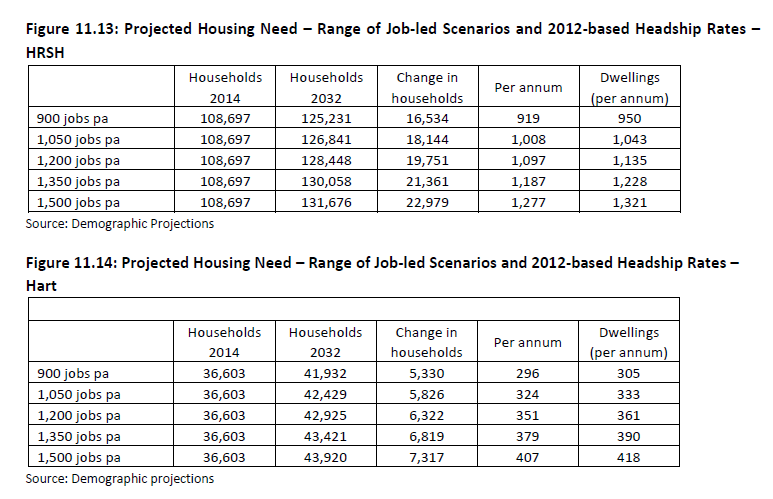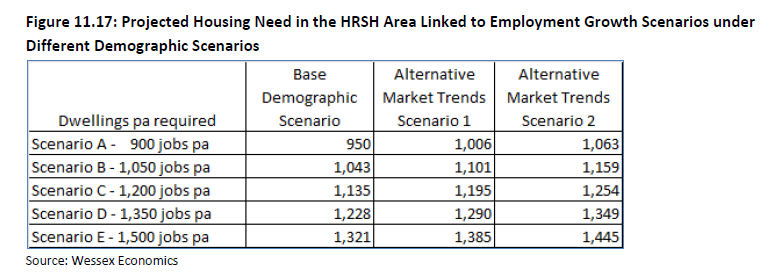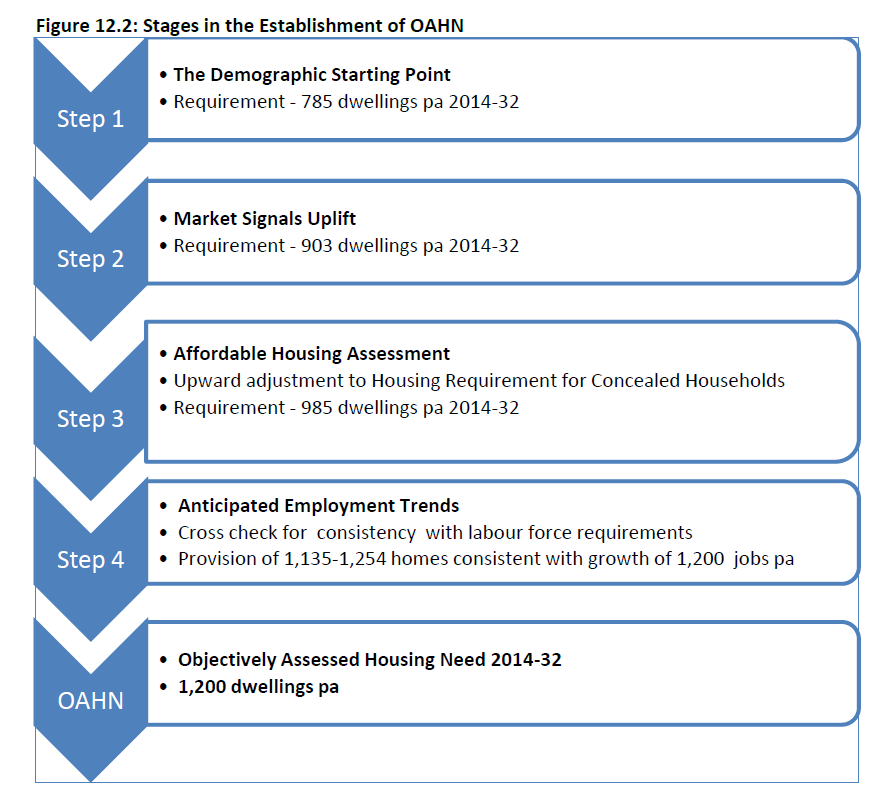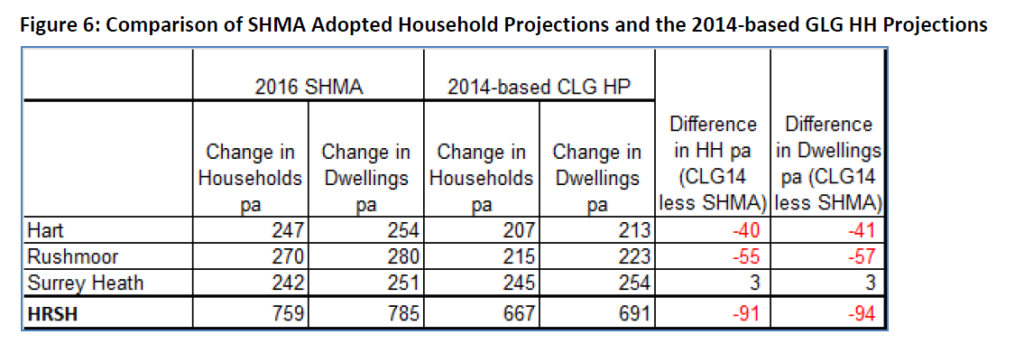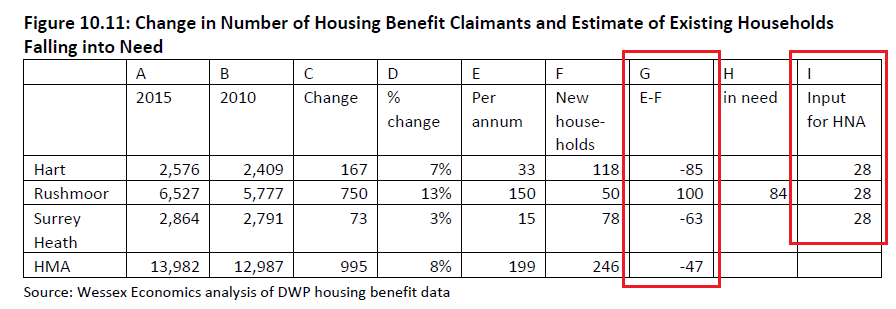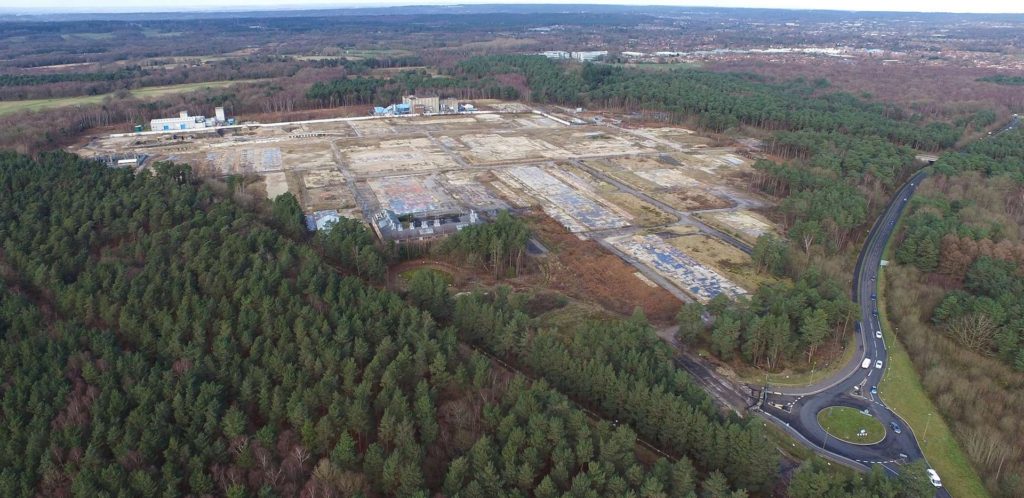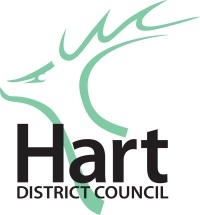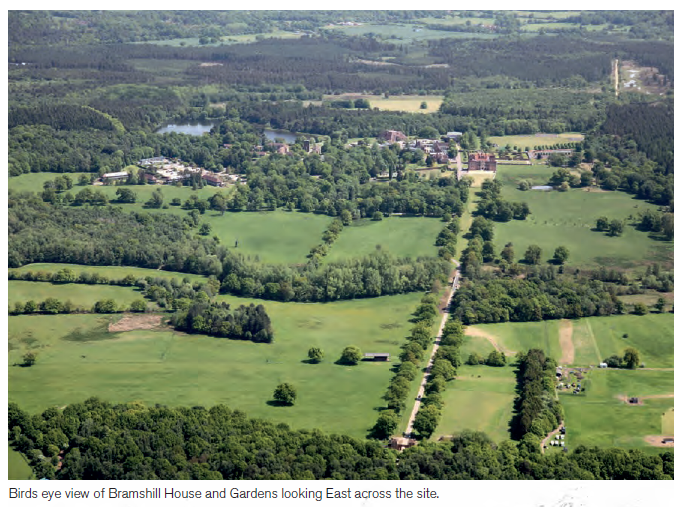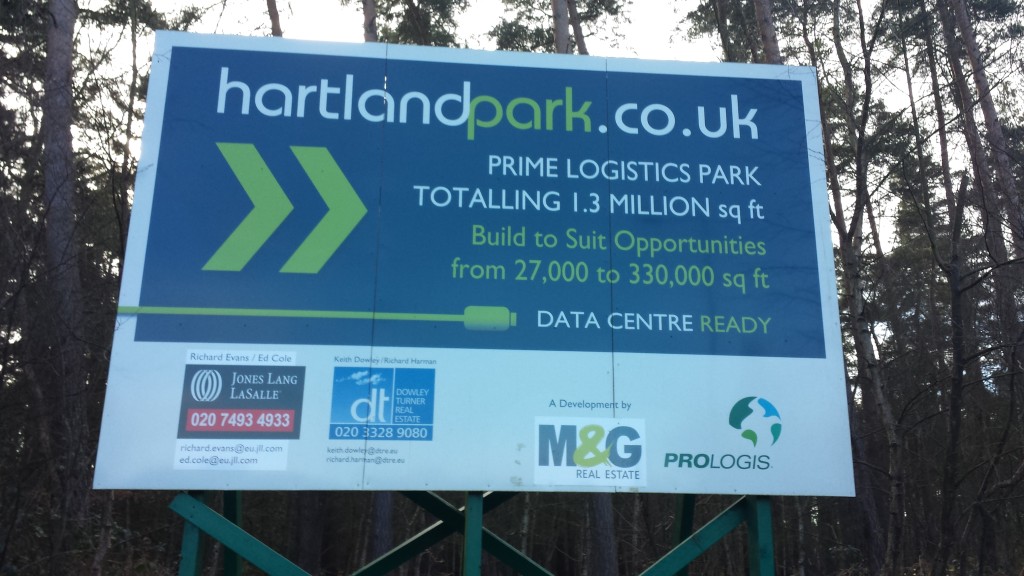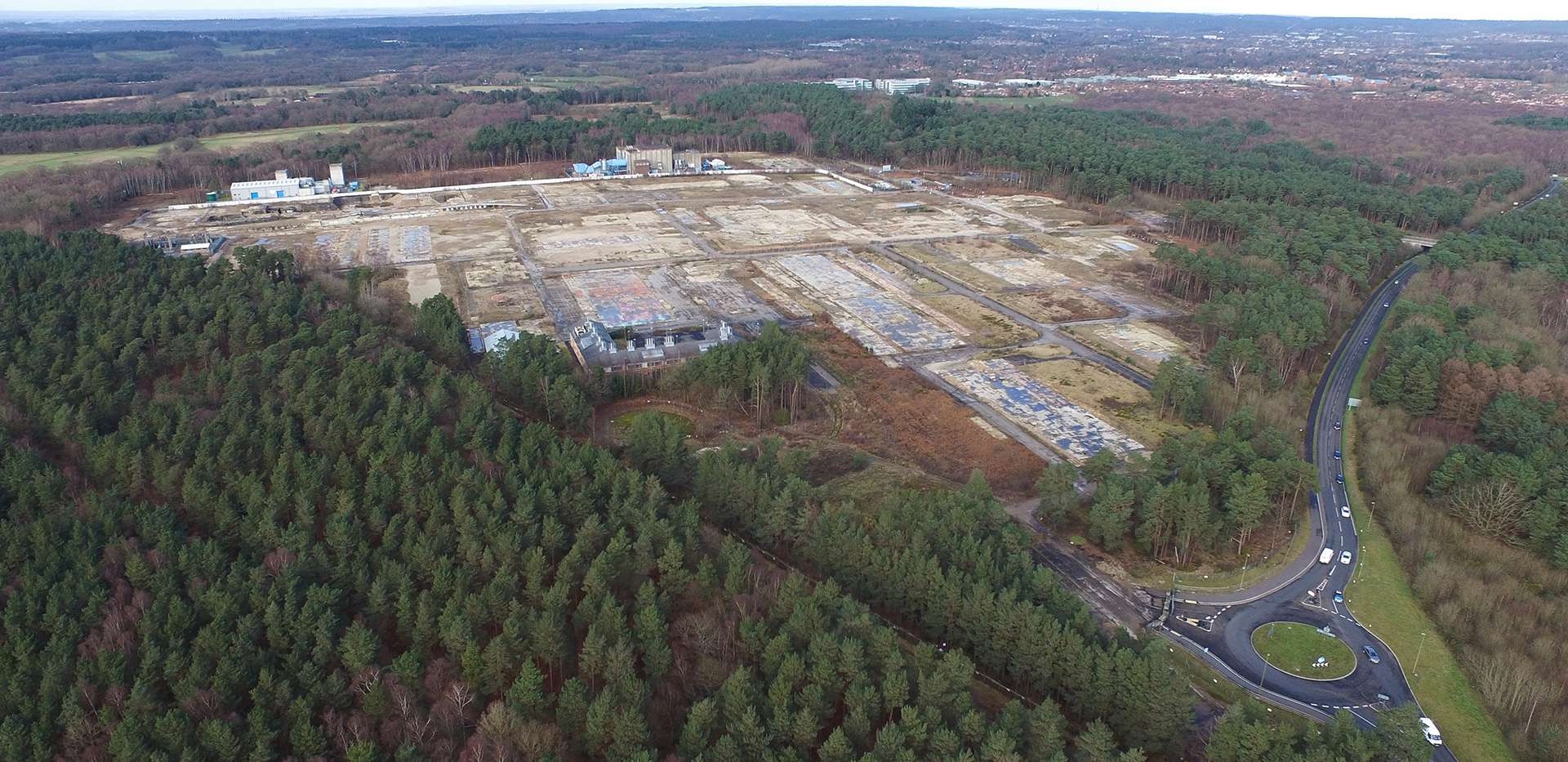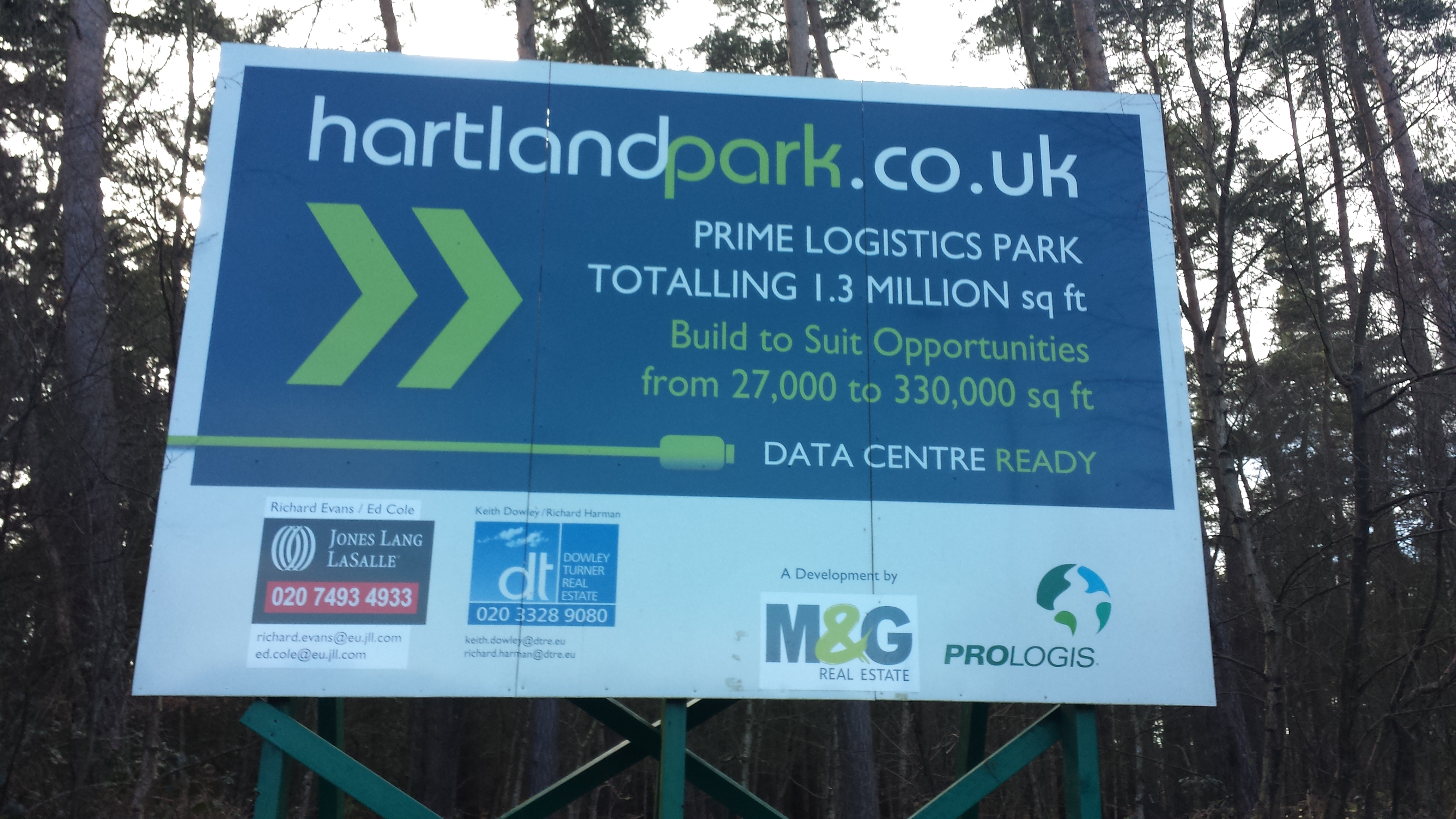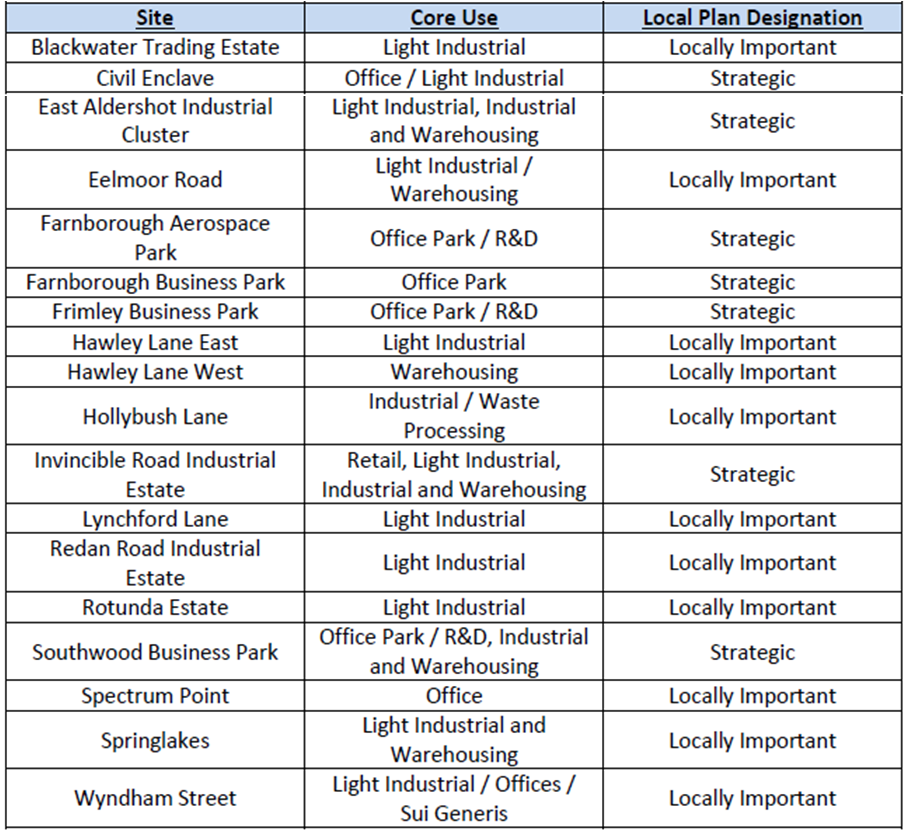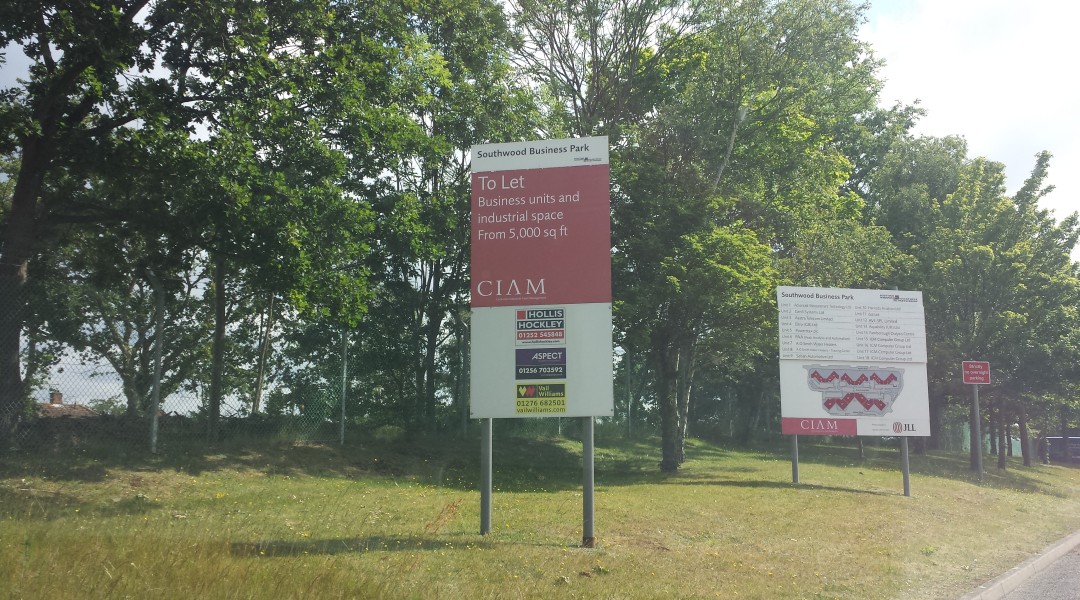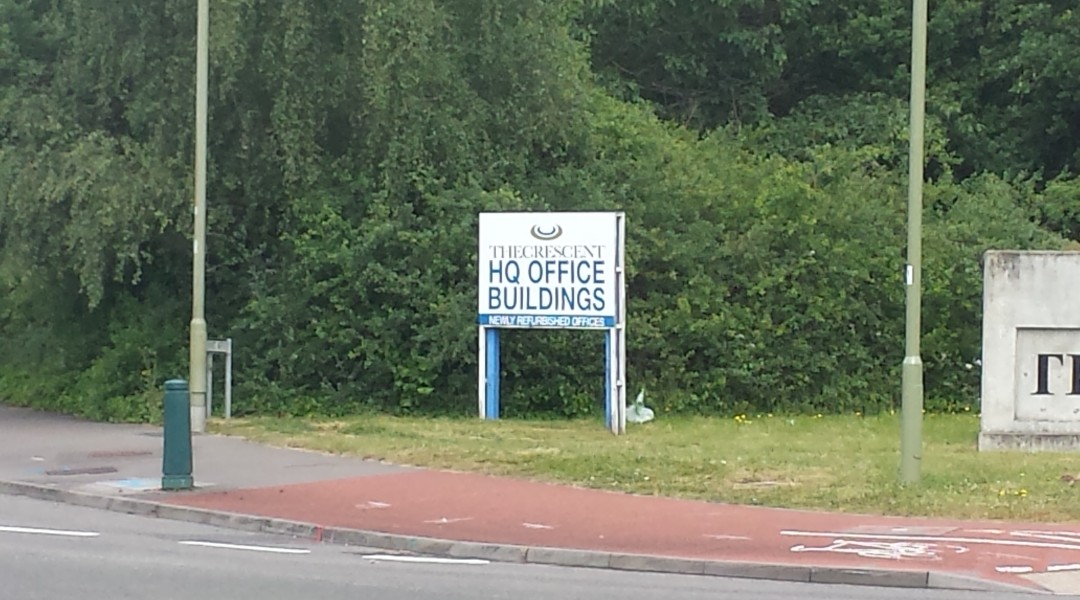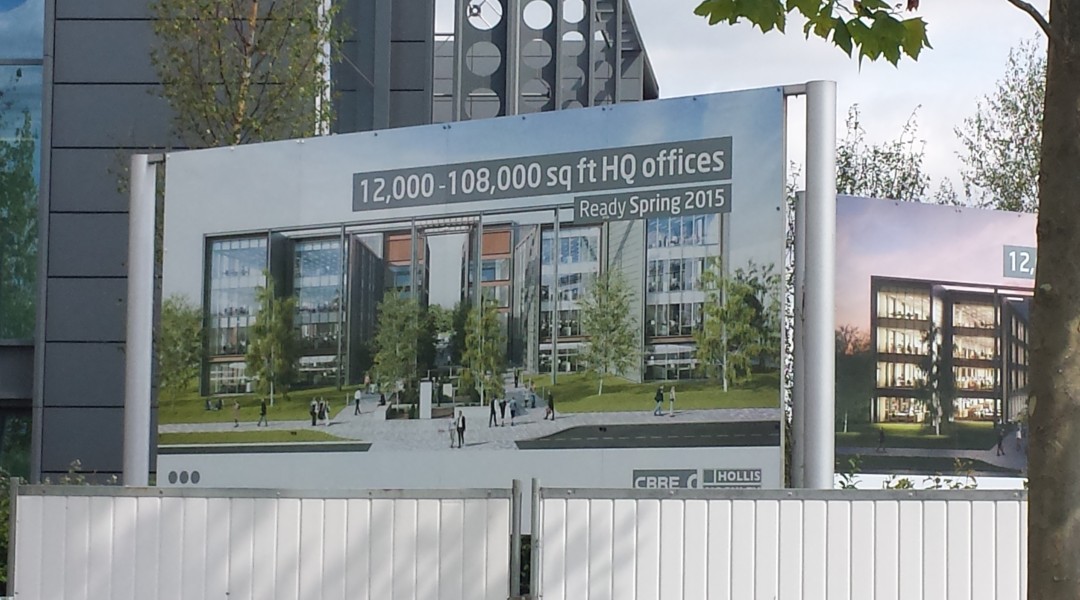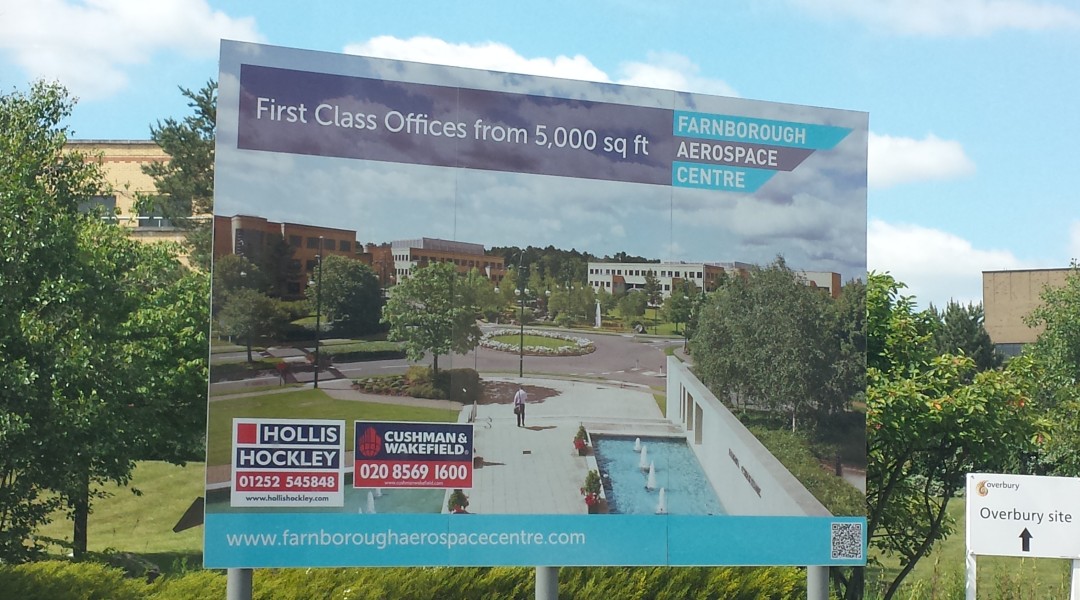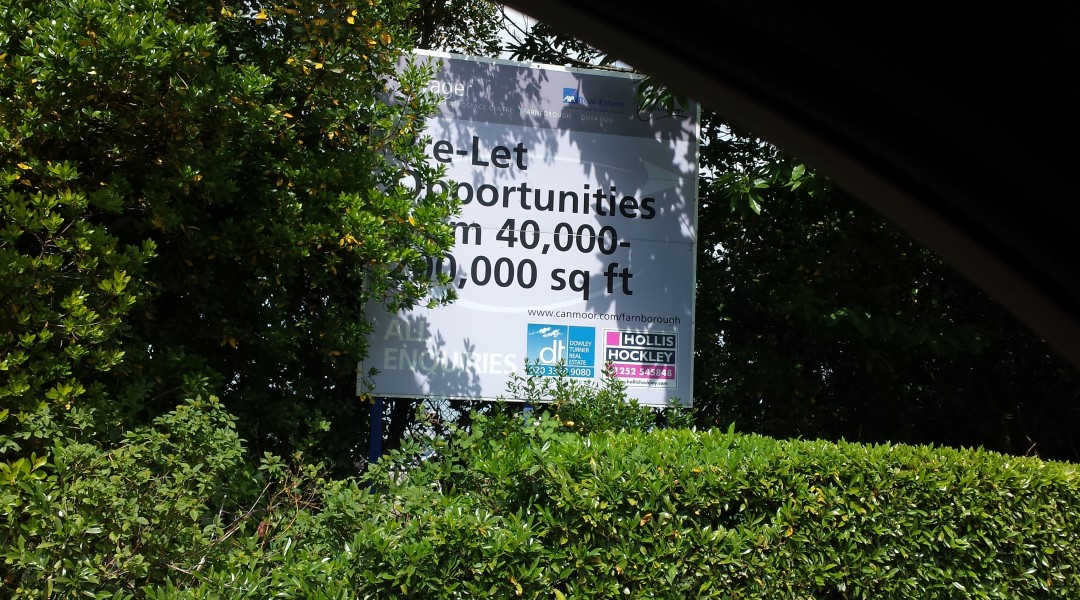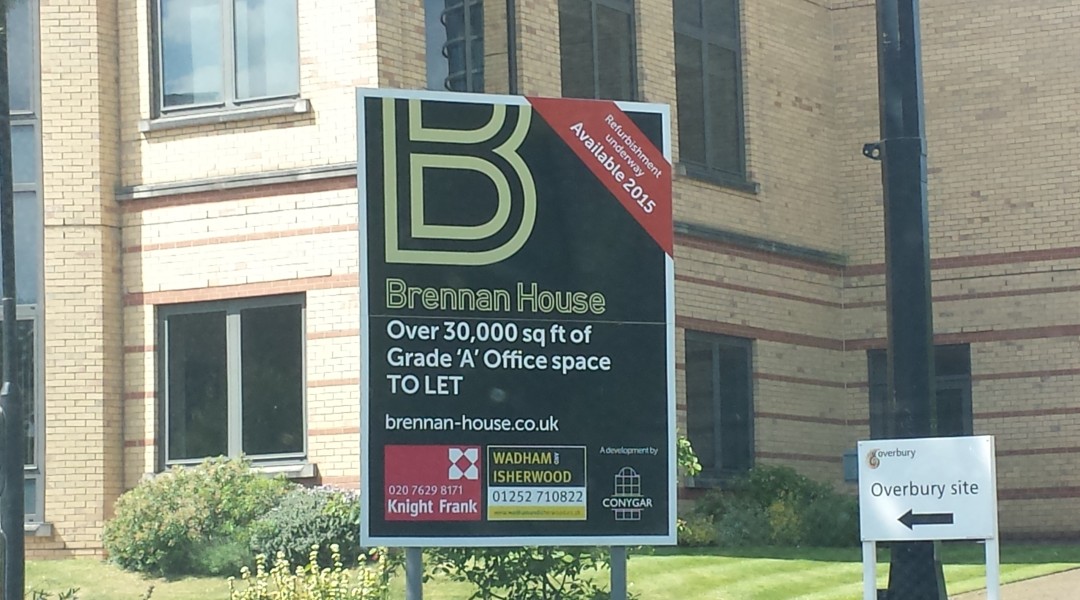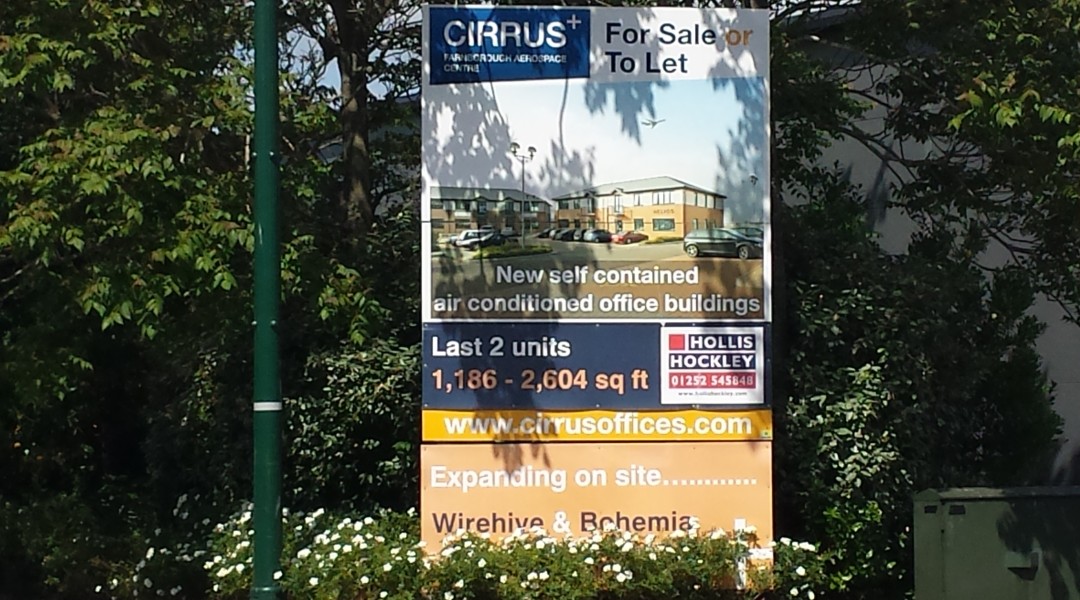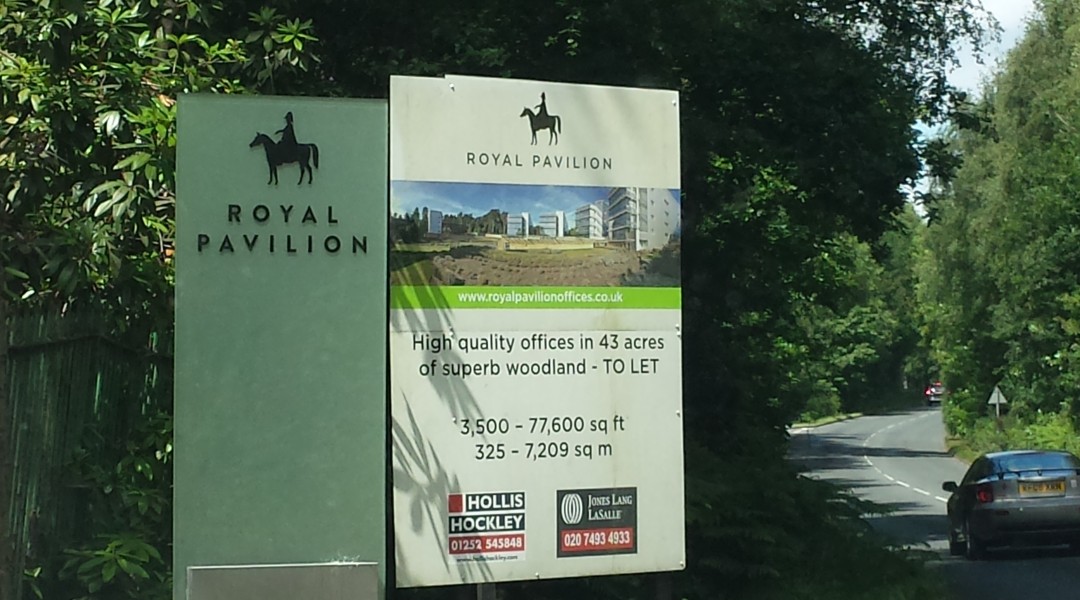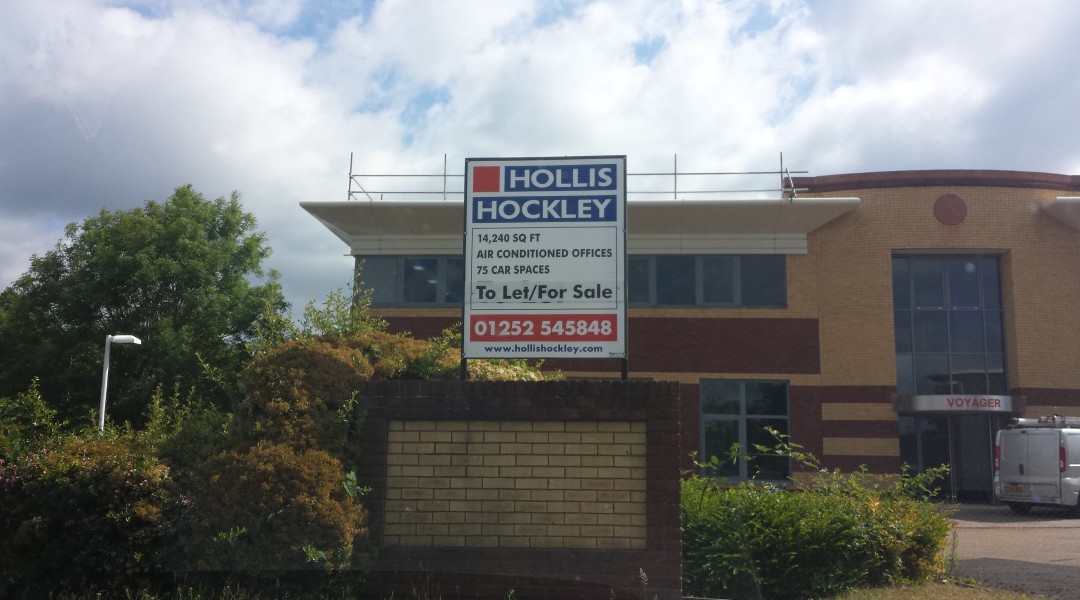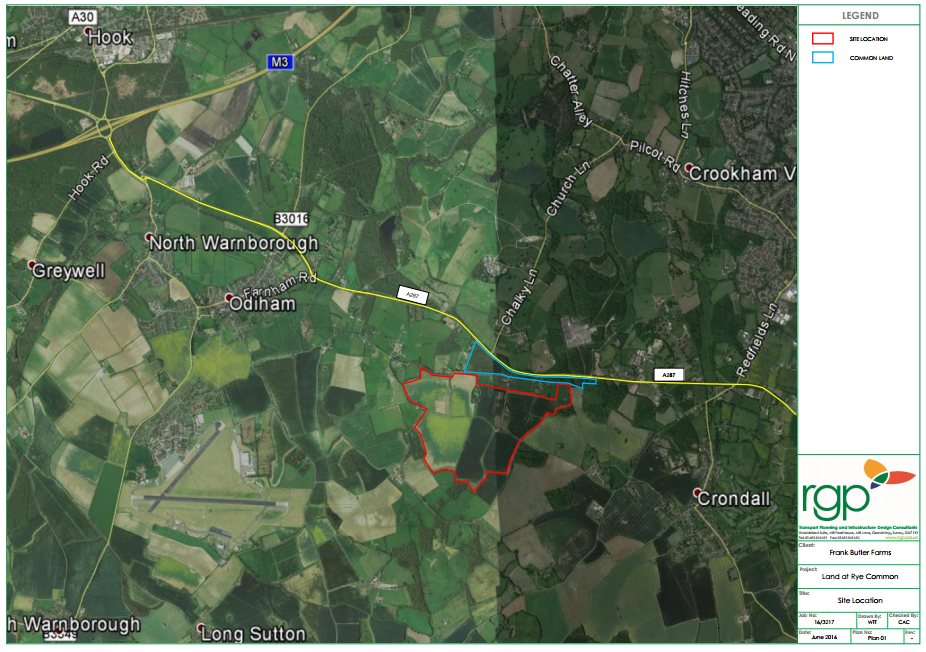
Below is the text of an open letter sent to our Local MP, Ranil Jayawardena asking for his help to make changes to national policy to help Hart come up with a more realistic Local Plan and help fend off the threat of too many houses.
Let’s see what happens.
Dear Ranil,
To date, I have been very impressed with you as our local MP. You seem to be well in tune with your constituents and your campaign to promote more brownfield development in our area is to be commended.
I know that, quite rightly, you are reluctant to get involved in local planning matters because they are the responsibility of the local council. However, I am writing to you today to ask for your support in changing some elements of national policy that should help Hart District Council produce a more realistic Local Plan.
There are four main sections to this letter:
- Process and outcome of assessing housing need
- Affordable housing
- Infrastructure contributions
- Suggested policy changes
The links in the text take you to more in depth research, mostly from the WeHeartHart.co.uk website, which I run, to support the assertions made. I have also copied this letter to the ministers responsible for this area of policy and the leader and joint-CEO of Hart Council.
Assessing Housing Need
The 2012-based government projections of population and number of households points to a need of around 215,000 dwellings per annum, compared to recent delivery of 130-150,000 new dwellings each year. It is clear we need to respond to the objective in the National Planning Policy framework to “boost significantly the supply of housing”. To achieve this, it follows that the sum of all the housing market assessments across the country should add up to the total expected increase in households, or a little more to give some margin of safety.
However, there is increasing evidence that house builders have too strong an influence over the process that is leading to housing market assessments being artificially inflated to a level much higher than that required by the national household projections.
In Hart, the 2014 Strategic Housing Market Assessment (SHMA) is currently being revised to take account of more up to date population and household forecasts. However, I believe the process being followed will be largely the same as before.
The way it works is as follows. The raw household forecasts are subject to a set of dubious adjustments and convoluted calculations to arrive at a spurious objectively assessed ‘need’. In the case of the 2014 SHMA, the outcome was ~7,500 houses. For the SHMA area as a whole this results in an uplift to the raw DCLG household forecasts of more than 50%.
If this were applied across the whole country, then we would be allocating land and allowing the building of some 305,000 new dwellings each year, far above the national requirement. This goes against latest planning guidance that states that housing need should be “principally understood as a measure of future demand rather than aspiration”. I did make a FOI request to the DCLG to provide the national figures, but this has been refused on the grounds that DCLG “does not hold this information”. Given the importance that is being placed on housing delivery, it is quite staggering that central Government is not collecting the data to allow it to monitor the results of its own housing policy.
The experience of the Hart, Surrey Heath and Rushmoor SHMA is by no means unique. Analysis of five other housing needs assessments of planning authorities across Hampshire, Oxfordshire, Surrey and Berkshire reveals an average housing uplift on the baseline household projections of around 42%.
A further illustration of the absurdity of the calculations used in the 2014 SHMA is contained in its own appendix. This clearly shows that if the more up to date 2012-SNPP number were used, the starting point for Hart would fall from 337 to 247 dwellings per annum or a fall of 1,800 units over the plan period.
Taken together, these results show that the process for producing the SHMAs is fatally flawed and cannot be justified.
There might be some justification if this process had actually resulted in more house building. But it is clear from a recent House of Lords report that it has not:
Nevertheless, we see the gap between planning permissions and housing completions as a fundamental one in respect of securing increased housing supply. In a climate where over 240,000 homes a year are being granted planning permission, it is a fundamental failure of the development system that over 100,000 fewer homes are actually being built. This situation must be addressed.
We believe that the Government must consider measures to help accelerate the delivery of housing on sites with planning permission, such as permitting the charge of equivalent council tax rates when development has not commenced after a specified period of time, subject to safeguards when there are genuine reasons to prevent the development proceeding
This is borne out by local experience, where as of 1 April this year there were over 3,000 unimplemented planning permissions, with over 1,000 of those from 2013 or earlier.
It is clear that creating ever increasing housing targets is merely encouraging ‘land-banking’ by builders, who then build at a rate to maximise their own profits.
Imagine my surprise to find out that one of the outcomes from Hart’s yet to be published revised SHMA is that the housing target is going to be raised again to over 10,000 units (although this is being further examined by the council). Yes, you read that correctly: despite the starting point being based on the more up to date population forecasts described above, that should result in a ‘need’ of 1,800 fewer houses, the target is going to be raised 30% above the earlier ‘need’ and nearly 100% above the new starting point.
Apparently, there are some further arbitrary adjustments, some other sophistry and some new guidance from Government about the provision of so called ‘Affordable Homes’ that means in order to satisfy a shortfall of ~800 affordable homes, we must build over 2,000 more new houses in total because the affordable component cannot be more than 40% of the total.
The consequence of this change is that it will inevitably mean we can no longer meet our remaining housing need from brownfield sites and will have to sacrifice great swathes of our beautiful countryside to satisfy some bureaucratic pen-pushers rather than the actual housing needs of the district.
This is plainly ridiculous and cannot be allowed to stand. But that leads me on to policy improvements around ‘Affordable Homes’
Affordable Homes
Many in Government seem to hold the view that merely calling some houses ‘”Affordable” makes them so. This is clearly an absurd position to take.
Let’s take a local example in my own village. Recently, Bewley Homes built around 90 new houses in a new development called Hartley Row Park at a reasonably sensible add-on to the village.
The lowest price for a 3-bed semi-detached home was set at £465,000. The lowest anticipated price of the 2-bed homes that were due to be released later in 2016 was £370,000. This means that the cheapest 3-bed house is 11.5 times median income, and the cheapest 2-bed home will be 9.2 times median income. Even with a 20% ‘Affordable’ homes discount, the cheapest new properties will be totally out of reach of middle-income families in the district.
This is further compounded by the lack of measurement and poor controls over the size of properties bring built. There is clear evidence that Hart is under-building 1-bed and 3-bed starter homes and over-building 4+bed properties. This is doing nothing for the younger residents of Hart, whom the Local Plan is supposed to serve, yet encouraging even more inward migration from London into properties that locals cannot afford. Clearly, the controls needed are really a matter for the local council, but there may be something that can be done at a national level to mandate new developments to meet local needs.
However, there are some national policies that need to be examined, not least the ‘Help to Buy’ scheme, interest rates and QE.
As any economist will tell you, if you subsidise the price of anything, then demand will go up and prices will follow. I find it quite amazing that a supposedly free-market Conservative Government is borrowing to use taxpayers’ money in the HTB scheme to subsidise higher house prices, especially at a time when we still have a massive budget deficit.
But the bigger impact on house prices has probably come from ultra-low interest rates and QE. This inexorable flow of cheap money has artificially raised the price of all assets and property in particular. You cannot hope to bring house-prices to reasonable levels unless and until you address monetary policy.
Infrastructure Contributions
Hart, like many other places in the country is suffering from creaking infrastructure. Our schools are full, it is difficult to get appointments at the doctors and road congestion is increasing.
According to the latest figures available Hart is running a £78m infrastructure funding deficit, and this is probably an under-estimate as it was prepared before the current, let alone the new SHMA. Key quotes from the document include:
“It is therefore reasonable to conclude that it is unlikely that there will be sufficient future funds, from both capital programmes and developer contributions, within the plan period, to deliver all of the projects listed in the HCC Transport Statement”
“Although developer contributions will continue to play an important role in helping to bridge the funding gap, it is also clear that the funds raised through developer contributions will only contribute a modest proportion of the total identified funding gap”
“The South West Main Line (SWML) outer trains, which serve Hart, has significant forecasted future peak crowding, with a capacity shortfall of over 6,100 passengers in the high-peak hour, even if every main line train is at maximum length”
It is true that many developments attract S106 or CIL contributions towards infrastructure. However, it is also clear that both ‘Affordable Homes’ and office conversions using ‘Permitted Development Rights’ deliver no such contributions. Overall, the policy mix has delivered a massive funding gap, yet we are expected to continue to even more houses, when the funding delivered is much less than the funding required to bring the infrastructure up to scratch.
This is clearly unsustainable and must change.
Suggested Policy Changes
As I see it you can help your constituents by demanding policy changes in several key areas:
- The Government should collect and analyse all SHMAs across the country to monitor that the total of the local ‘needs’ is in line with the overall national totals
- There should be some greater controls put on the way that seemingly arbitrary adjustments to the starting points are made to ensure they do not go too far above those levels. 20% would seem like a reasonable level to me.
- Encourage builders to build existing planning permissions faster by introducing a charge equivalent to council tax rates when development has not completed after a specified period of time.
- Stop subsidising higher house prices through HTB, QE and ultra-low interest rates.
- Introduce a ‘planning gain levy’ on land owners who make significant windfalls from selling agricultural land for development to fund infrastructure. This would be similar to the original ideas behind “Garden Cities” where landowners helped fund infrastructure
- Introduce S106/CIL funding for all new development. Every new home has people in it and they all use local infrastructure, so all new development should include some contribution
- Introduce ‘open book accounting’ to each development and force developers to make increased S106 contributions if they make more than planned profit on a development.
- Increase Government funding for smaller, local infrastructure projects such as road widening, junction improvement, bridge widening, school building and surgery building. This would be a much better use of money than building white elephants like HS2.
I do hope you find this letter constructive and helpful in understanding the impact of national policy on your local area.
May I wish you and your family a Merry Christmas and a happy and prosperous New Year.
Yours sincerely,

